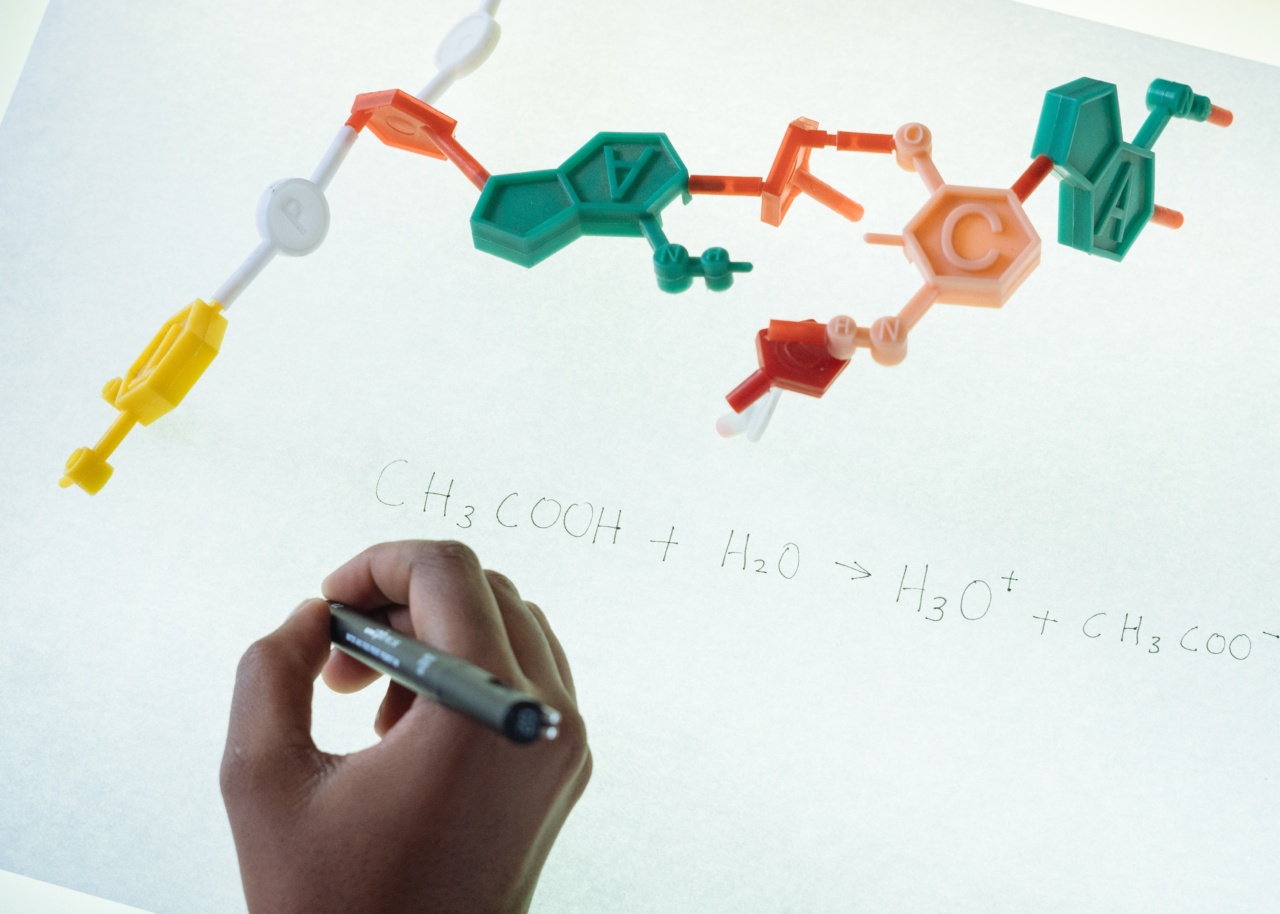Cholesterol is a type of fat that is crucial for the normal functioning of the body. It plays a vital role in building healthy cells, producing hormones, and aiding in the digestion of food.
However, while cholesterol is essential for our well-being, excessive amounts can lead to various health problems, including heart disease. In recent years, scientists have uncovered a surprising connection between cholesterol and plastic. This article will delve into the fascinating relationship between these two seemingly disparate entities and explore the implications for human health.
The Basics of Cholesterol
Cholesterol is a waxy, fat-like substance that is both produced by the liver and obtained through certain foods.
It can be classified into two types: low-density lipoprotein (LDL) cholesterol, commonly referred to as “bad” cholesterol, and high-density lipoprotein (HDL) cholesterol, known as “good” cholesterol. LDL cholesterol is considered harmful because it can build up in the arteries, forming plaques that restrict blood flow and increase the risk of cardiovascular disease.
The body tightly regulates cholesterol levels to ensure a delicate balance. When cholesterol intake from the diet is low, the liver produces more cholesterol to compensate. Conversely, when cholesterol intake is high, the liver reduces its production.
However, excessive consumption of cholesterol-rich foods, such as red meat and full-fat dairy products, can disrupt this balance and lead to a surplus of cholesterol in the bloodstream.
The Surprising Plastic Connection
Plastic is a synthetic material made from polymers, which are long chains of repeating molecules. These polymers can have various properties depending on their composition.
One particular type of polymer, known as bisphenol A (BPA), has garnered significant attention due to its presence in many plastic products and its potential health effects.
Research has shown that exposure to BPA can disrupt hormone levels, increase the risk of certain cancers, and affect reproductive health. BPA can leach from plastic containers into food and beverages, leading to human ingestion.
While the adverse effects of BPA have been extensively studied, the connection to cholesterol may come as a surprise.
The Role of BPA in Cholesterol Regulation
Recent studies have suggested that BPA may interfere with the body’s regulation of cholesterol, particularly LDL cholesterol.
Animal studies have shown that exposure to BPA can lead to an increase in LDL cholesterol levels and a decrease in HDL cholesterol. These imbalances contribute to the development of atherosclerosis, a condition characterized by the formation of plaques in the arteries.
One proposed mechanism for this disruption is the activation of a protein called liver X receptor (LXR). LXRs play a crucial role in cholesterol homeostasis, controlling the expression of genes involved in cholesterol synthesis and metabolism.
BPA has been found to activate LXRs, resulting in increased cholesterol production and impaired removal of LDL cholesterol from the bloodstream.
Plasticizers and Cholesterol
In addition to BPA, other chemicals commonly found in plastics, such as phthalates, have also been implicated in cholesterol-related problems. Phthalates are plasticizers used to enhance the flexibility and durability of plastic materials.
They are present in a wide array of products, including food packaging, toys, and medical devices.
Animal studies have shown that exposure to phthalates can lead to an increase in LDL cholesterol levels, as well as insulin resistance.
Insulin resistance is a condition in which cells become less responsive to insulin, a hormone that helps regulate blood sugar levels. Phthalates have been shown to disrupt the insulin signaling pathway, contributing to the development of metabolic disorders, such as obesity and type 2 diabetes.
The Real-World Impact
The implications of the cholesterol-plastic connection are significant for human health.
With the widespread use of plastic products in our daily lives, from food storage containers to water bottles, the potential for exposure to these cholesterol-disrupting chemicals is concerning.
Although more research is needed to fully understand the long-term effects of plastic exposure on cholesterol levels and cardiovascular health in humans, it is prudent to take preventive measures.
Using glass or stainless steel containers instead of plastic for food storage and avoiding microwaving or heating food in plastic containers can help minimize potential exposure to harmful chemicals.
Furthermore, choosing plastic products labeled as BPA-free may offer some protection against the adverse effects of BPA.
However, it is important to note that BPA substitutes, such as bisphenol S (BPS) and bisphenol F (BPF), are often used in place of BPA but may possess similar health risks. In this regard, opting for non-plastic alternatives whenever possible is the safest approach.
Conclusion
The connection between cholesterol and plastic is an intricate and evolving field of research. While cholesterol is essential for our bodies, imbalances and excessive consumption can lead to health problems.
The presence of chemicals like BPA and phthalates in plastic products has been shown to disrupt cholesterol regulation, potentially contributing to cardiovascular disorders.
Minimizing exposure to these harmful chemicals by reducing plastic usage and opting for safer alternatives may help safeguard our health.
As the scientific community continues to unravel the complexities of this connection, it is crucial to stay informed and make informed choices to protect our well-being.





























